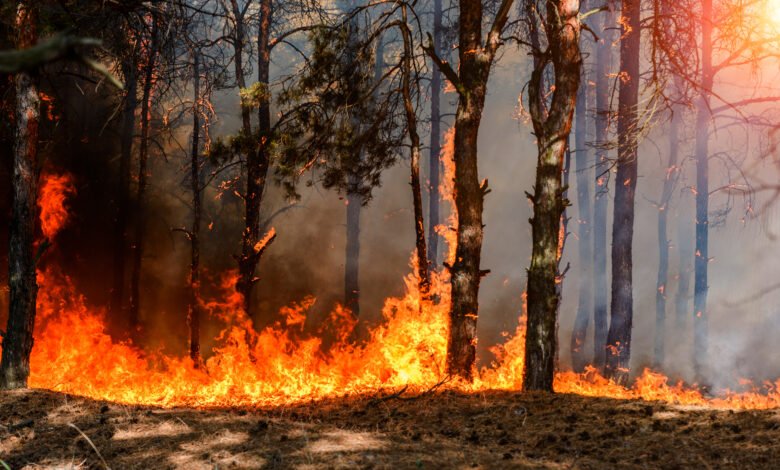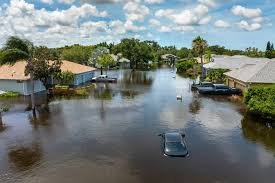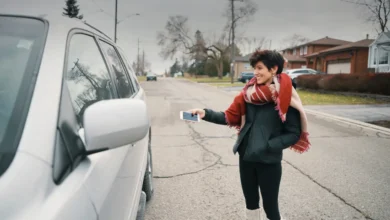What Happened to Homeowners Insurance After the 2025 Wildfires in the USA?

The 2025 wildfire season across California, Oregon, and the Southeast was among the most destructive in history. With over 4 million acres burned, thousands of homes destroyed, and an estimated $20+ billion in insured losses, the aftermath created enormous strain on the homeowners insurance market .
This led to seismic shifts:
- homeowners policy cancelation wildfire zones skyrocketed.
- wildfire coverage denial trends 2025 emerged as insurers re-evaluated risk.
- homeowners insurance after 2025 wildfires became a struggle for many.
🔥 Why Policies Were Canceled in Wildfire Zones
Even before 2025, insurers began pulling back:
- State Farm, Allstate, Nationwide, and Farmers pulled out or stopped renewing policies in high-risk wildfire zones ft.com+8investopedia.com+8thetimes.co.uk+8reddit.com+5abc7chicago.com+5the-sun.com+5reddit.com+1thenationalnews.com+1.
- Homeowners policy cancelation wildfire zones spiked, with thousands canceled in Pacific Palisades and Sierra foothills .
- Insurers cited rising catastrophe exposure, steep reinsurance costs, and construction inflation en.wikipedia.org+15en.wikipedia.org+15thenationalnews.com+15.
The January 2025 Southern California wildfires intensified the crisis—destroying over 18,000 homes and costing insurers more than $20 billion in claims reddit.com+3en.wikipedia.org+3en.wikipedia.org+3.
📈 Trends in Wildfire Coverage Denials 2025
In 2025, denial patterns revealed troubling trends:
- Policies were withdrawn in ZIP codes tied to recent wildfires—even where the direct risk was low reddit.com+6wjhg.com+6en.wikipedia.org+6ft.com.
- FAIR Plans (state-run solvent pools) absorbed many homeowners. Their enrollments have more than doubled since 2020, reaching over 550,000 active policies in California alone thenationalnews.com+15wjhg.com+15abc30.com+15.
- A California court found that the FAIR Plan illegally limited smoke damage claims via a “sight or smell” test—potentially increasing payouts and financial strain reddit.com+2sfchronicle.com+2apnews.com+2.
These wildfire coverage denial trends 2025 highlight how insurers are not just canceling policies—they’re tightening coverage and increasing deductibles or exclusion zones.
🏚 What Homeowners Faced After the Wildfires
1. Limited Private Insurance Options
Landowners in affected zones had three main outcomes:
- Renew old policies at much higher rates.
- Go without coverage (not an option for mortgages).
- Switch to FAIR Plans or other specialized providers abc7chicago.com+5abc30.com+5reddit.com+5.
2. Constructing Without Insurance
Some sought post-wildfire rebuild loans but couldn’t qualify without insurance, forcing delays or expensive alternative coverage .
3. Higher Premiums for Everyone
New rate rules allow insurers to pass FAIR Plan costs and reinsurance fees onto all policyholders—even those outside high-risk zones thetimes.co.uk.
🏛️ Regulatory & Market Responses
State governments acted fast:
- California implemented a one-year non-renewal moratorium for ZIP codes hit by Palisades and Eaton Fires en.wikipedia.org+4dig-in.com+4en.wikipedia.org+4.
- New regulations allow incorporation of climate risk and reinsurance expenses into homeowner premiums en.wikipedia.org+6edition.cnn.com+6thenationalnews.com+6.
- Bills like the Wildfire Insurance Coverage Study Act of 2025 were introduced to address affordability and availability dig-in.com+2reddit.com+2investopedia.com+2.
🔍 Case Study: Pacific Palisades & FAIR Plan
- The Palisades Fire destroyed nearly 6,837 structures, representing one of the most destructive fires in L.A. history reddit.com+8en.wikipedia.org+8en.wikipedia.org+8.
- As State Farm exited, many turned to FAIR Plan, though it offers minimal protection—often inadequate for full rebuilding reddit.com+9wjhg.com+9the-sun.com+9.
- Consumer Watchdog flagged its cash-only coverage and concerns over insolvency wjhg.com.
💡 Homeowner Action Steps in 2025 & Beyond
If you’re seeking homeowners insurance after 2025 wildfires:
- Understand Your Zone
Check FEMA and state wildfire hazard maps. Be aware if you’re in recently affected areas. - Expect Renewals Denied
Ask: “Will my homeowners policy cancelation wildfire zones?” If so, act fast to find alternatives. - Prepare for Rate Hikes
Insight: those previously outside risk zones may still face higher premiums from wildfire coverage denial trends 2025. - Explore FAIR Plan
It may be your only option—but expect basic coverage and higher costs. - Mitigation Pays Off
Insurers and parametric programs (like in Tahoe) reward defensible-space and community forest management apnews.cominvestopedia.com+1health.wusf.usf.edu+1. - Stay Informed on Legislation
Monitor rate reviews, moratorium extensions, and wildfire insurance research grants.
📉 The Bigger Picture: Market Stability at Risk
The financial ecosystem shows cracks:
- Feed-the-FIRE loop: more wildfires → more insurers withdraw → fewer insured properties → tighter mortgage market → falling property values → reduced tax income for fire services .
- The industry is eyeing new models: parametric agricultural insurance, shared-risk pools, and cat bonds to manage exposure .
✅ Final Takeaway
- Homeowners policy cancelation wildfire zones surged in 2025 as insurers reduced exposure.
- Wildfire coverage denial trends 2025 reshaped coverage availability and pricing.
- Anyone seeking homeowners insurance after 2025 wildfires must brace for higher costs, reduced options, and limited coverage.
If you’re in or near wildfire-prone regions, here’s your plan:
- Regularly check your wildfire risk.
- Ask your agent, “Will my policy be canceled?”
- Prioritize mitigation measures—insurers notice.
- Be ready to pivot to alternative plans or state programs.
Staying proactive and informed is the best defense against the wildfire-driven insurance crisis.




